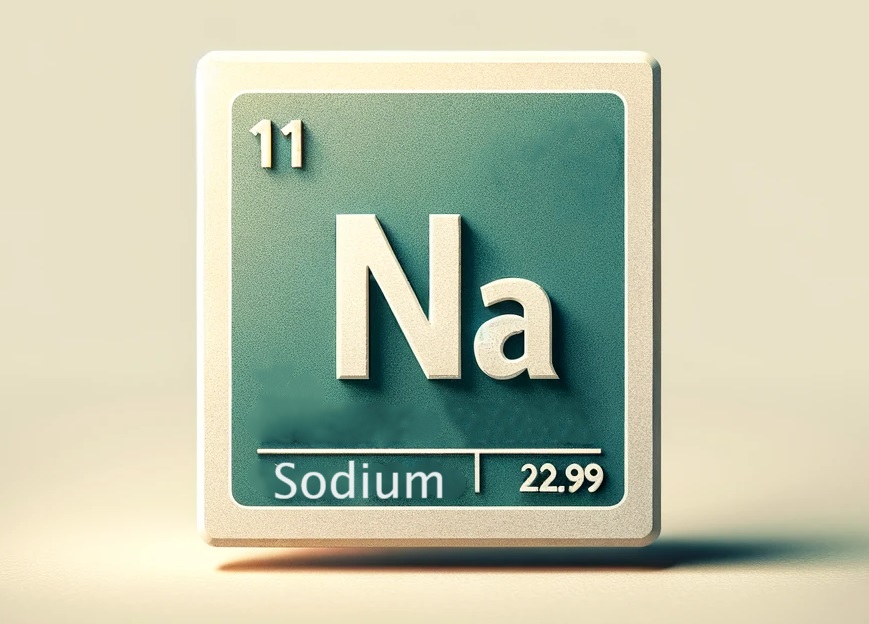Introduction
The battery technology landscape is witnessing a significant shift with the advent of cylindrical sodium-ion batteries. As a more sustainable and cost-effective alternative to traditional lithium-ion batteries, they have garnered substantial interest. This blog delves into the intricacies of cylindrical sodium-ion batteries, exploring their advantages, limitations, energy densities, and typical sizes.
Understanding Sodium-Ion Technology
Sodium-ion batteries operate on a principle akin to lithium-ion batteries, using sodium ions as charge carriers between electrodes. The key distinction lies in the use of sodium, which is more abundant and cheaper than lithium, offering an attractive alternative for battery technology.

The Cylindrical Design
The cylindrical design, a staple in battery technology, offers optimal space utilization and robustness. This form factor is essential for even pressure distribution and ensuring safety and durability. Typically, these batteries come in sizes like the popular 18650 (18mm diameter and 65mm length) or 21700 (21mm diameter and 70mm length) formats, mirroring the standard sizes found in lithium-ion counterparts.
Advantages of Cylindrical Sodium-Ion Batteries
Economic and Environmental Edge
Sodium’s abundance translates into a lower cost and reduced environmental impact, especially significant for large-scale applications like grid storage.
Safety
The chemical stability of sodium enhances safety, minimizing risks associated with battery failures.
Performance
Though they currently lag behind lithium-ion batteries in energy density, advancements are narrowing this gap. Cylindrical sodium-ion batteries typically offer gravimetric energy densities around 100 to 160 Wh/kg and volumetric energy densities of 200 to 300 Wh/L.
Challenges and Limitations
Lower Energy Density
Their energy density is a notable limitation, making them less ideal for size and weight-sensitive applications.
Operating Voltage
These batteries generally operate between 2.0 to 4.0 volts, with a nominal cell voltage of 2.5 to 3.8 volts. This is slightly lower than the 3.6 to 3.7 volts typical of lithium-ion batteries.
T
Applications and Future Prospects
Despite these challenges, the utility of cylindrical sodium-ion batteries in electric vehicles, portable electronics, and grid storage is promising. As technology progresses, we can expect these batteries to play a pivotal role in various sectors, heralding a new era in energy storage.
Conclusion
Cylindrical sodium-ion batteries present a fascinating blend of opportunities and challenges. Their cost-effectiveness, safety, and environmental benefits are compelling, yet improvements in energy density and temperature management are needed for broader adoption. Ongoing research is key to enhancing their capabilities, paving the way for them to become a cornerstone in future energy solutions.
In the YouTube video ‘Sodium ion batteries – The low-cost future of energy storage?’, Dr. Billy Wu delves into the prospects of sodium-ion batteries. Dr. Wu highlights recent advancements in their energy density, For more details, refer to the original video.
